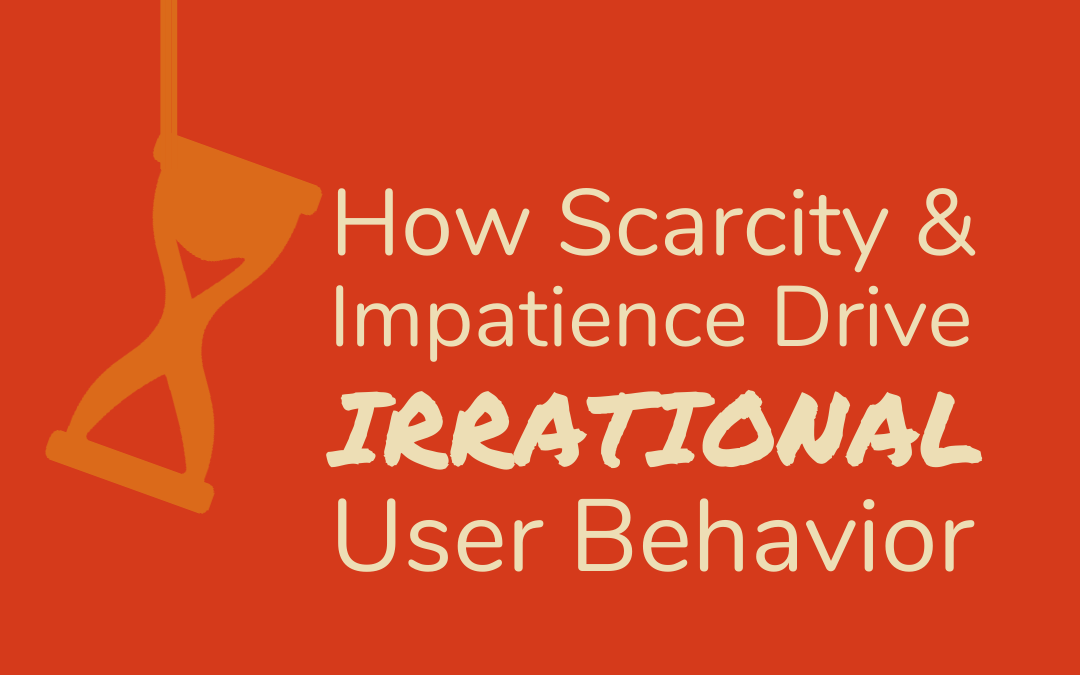Curated by Yu-kai Chou, President of Octalysis Group. Yu-kai is a gamification pioneer and President of Octalysis Group, as well as an international keynote speaker and lecturer at Stanford, TEDx, SxSW, and Accenture. Yu-kai was rated the “Top Gamification Guru” by the Spain-Based World Gamification Congress.
This is an introduction piece to the mysterious and irrational drive of Scarcity & Impatience. Starting off with some pop culture references featuring South Park and George Clooney, it comes all the way around to commerce and product design.
After reading the examples of Scarcity given, can you think of times where you became obsessed over something simply because it was barred from you?
This piece relates Scarcity and Exclusivity to app development and product rollouts.
What do you notice as the key differences between the effective examples and the failed scarcity attempts?
Robert Cialdini, author of Influence: Science & Practice, is one of the leading experts on the topic of Scarcity and Social Proofing. While I recommend buying and reading his book, this webinar summarizes many of Cialdini’s research and findings relating to Scarcity.
How can you apply some of these principles in scarcity to your own product or business?
In this post, you will learn about how games use two Game Techniques to monetize consumers who would never imagine themselves spending real money to buy virtual currencies. We then explore how companies like Dropbox utilize the same game technique, called Anchor Juxtaposition, to monetize while growing virally.
How can you implement Anchored Juxtaposition into your product to increase both desired actions and monetization?
Ever find yourself needing to persuade buyers or investors to give you money or take action? Oren Klaff is a professional fundraiser and the author of Pitch Anything (another book I recommend reading). Klaff has personally raised over $450 Million – an average rate of $2M a week, using techniques he calls Neuroeconomics. In this video, start midway and learn about how he closes big deals by making himself the hard-won prize and why “Our Croc Brain naturally wants to chase after things that are running away.”
Can you think about how to utilize the concepts of Framing, Prizing, and Scarcity to drive more action and engagement from your customers or users?
Other Product Psychology Lessons
- Building Community Starts with Understanding People
- When Persuasion Becomes Deception
- Mastering Pricing Principles
- A Handy Behavioral Design Toolkit
- Onboarding Matters – Getting Users Engaged in your Product
- Dual Process Theory: Is Your Product the Elephant or the Rider?
- Web Psychology – The Science of Online Persuasion
- Developing User Empathy with Design Sprints
- Want To Be A Game Psychologist? What You Need to Know
- How to Do Effective User Research
- Context Driven Design (The “Context Effect”)
- Writing Copy for Your Reader’s Brain
- Designing Habit-Forming Products
- Games, Play, and Motivation
- How Scarcity & Impatience Drive Irrational User Behavior
- Should You Listen To Your Users or Your Data?
- Emotional Engagement – Designing with the Heart in Mind
- Product Psychology: The 3 Things Everyone Should Know About

